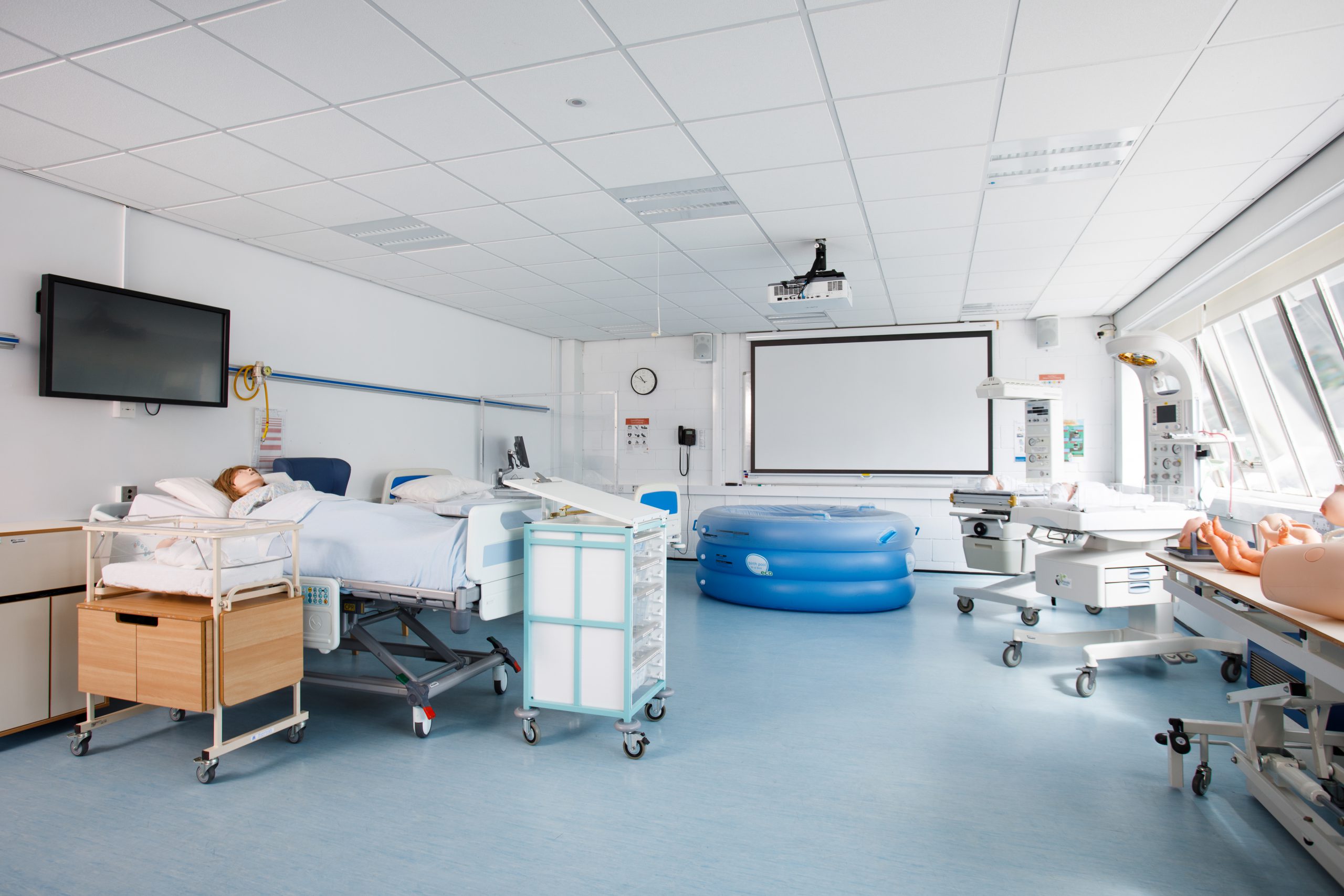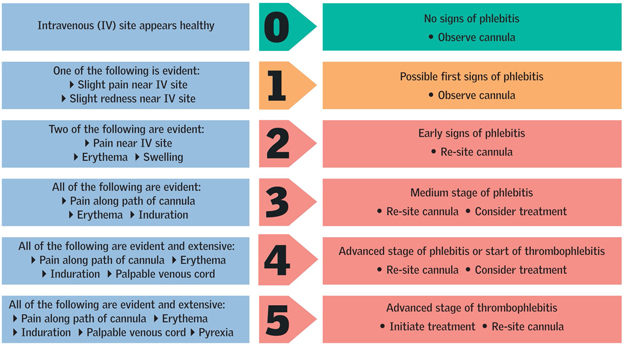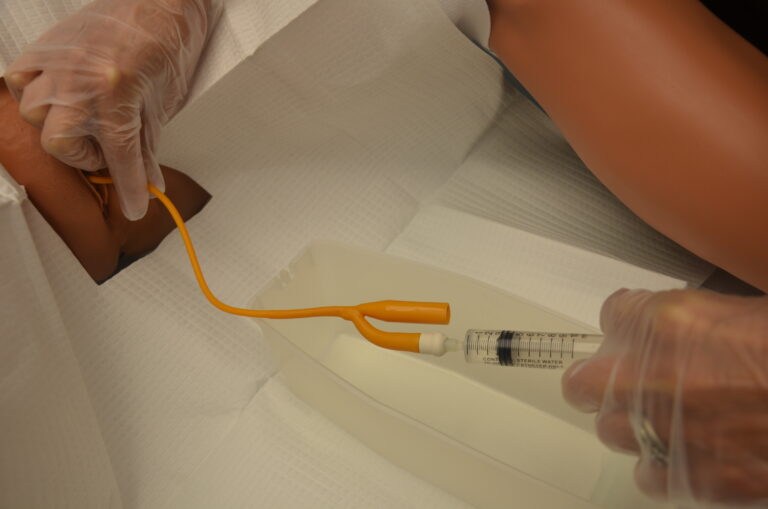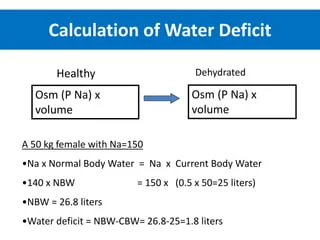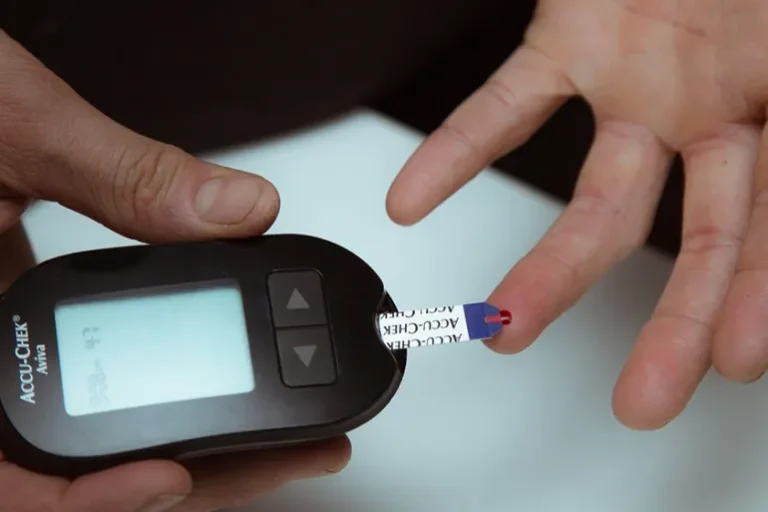Glossary Of Technical Terms For Nursing And Midwifery
Glossary Of Technical Terms For Nursing And Midwifery

Introduction
The fields of nursing and midwifery are rich with specialized technical terms that professionals use daily. Understanding these terms is crucial for effective communication and practice. This glossary provides definitions and explanations of key technical terms used in nursing and midwifery.
A
Accountability: Being answerable for one’s judgments, actions, and omissions as they relate to professional practice. This includes maintaining competency and upholding the values of the profession1.
Action Plan: A plan drawn up by the preceptor, the student, and the verifier to facilitate and monitor the achievement of competence. It is initiated if necessary at the intermediate meeting if problem areas are identified1.
Advance Healthcare Directive: Sometimes called a ‘living will,’ this is a written statement of a person’s wishes and preferences regarding their future healthcare. It is made when the person is still capable of making decisions1.
Advanced Practice: Refers to registered nurses and midwives who engage in continuing professional development and clinical supervision, practicing at an advanced level as independent, autonomous, and expert practitioners1.
Adverse Event: An incident that results in or could result in harm1.
Advocacy: Empowering people by supporting them to assert their views and claim their entitlements, and where necessary, representing and negotiating on their behalf1.

C
Clinical Setting: The environment where midwives provide care, such as homes, hospitals, birth centers, community settings, and midwifery-led units2.
Competence: The combination of knowledge, psychomotor, communication, attitudinal, and decision-making skills that enable an individual to perform a specific task to a defined level of proficiency2.
Competency-Based Curriculum: A curriculum focused on learners acquiring competencies to apply knowledge rather than just knowledge itself. The outcomes are what students can do2.
E
Emergency Situations: Scenarios requiring immediate action to prevent harm or deterioration in a patient’s condition.
I
Infection Control: Practices and procedures that prevent the spread of infections in healthcare settings. This includes hand hygiene, use of personal protective equipment (PPE), and sterilization of instruments1.
P
Patient Assessment: Guides safe practice and encompasses physical, mental, cultural, environmental, and spiritual assessment. It involves physical examination skills to inform critical thinking, clinical decision-making, and planning of therapeutic interventions1.
Preceptor: A competent and willing teacher who works closely with pre-service students in the clinical setting. Also providing guidance, training, support, assessment, evaluation, and constructive feedback2.

S
Scope of Practice: The activities that registered nurses and midwives are educated and authorized to perform. It is defined by regulatory bodies and varies by jurisdiction1.
Student Assessment: Determining the extent to which an individual reaches the desired level of competence in skill, knowledge, understanding, or attitudes in relation to a specified goal1.
Conclusion
This glossary covers some of the essential technical terms used in nursing and midwifery. Understanding these terms is vital for professionals in these fields to communicate effectively and provide high-quality care. As the healthcare landscape evolves, staying updated with these terms. And their applications remains crucial.
